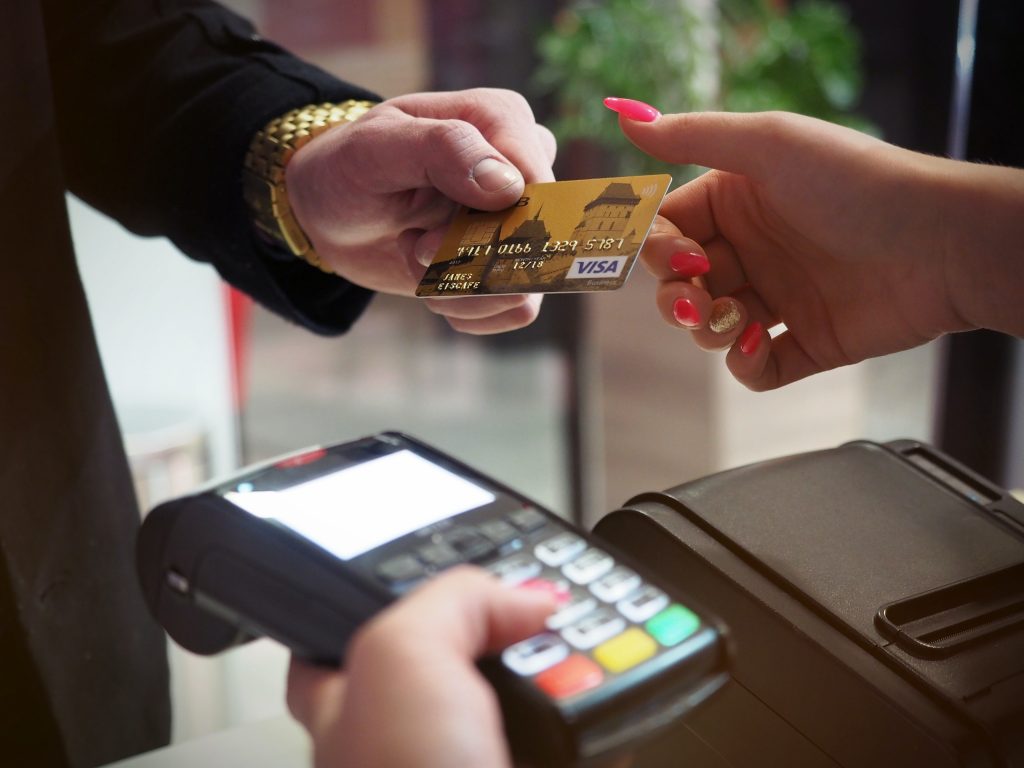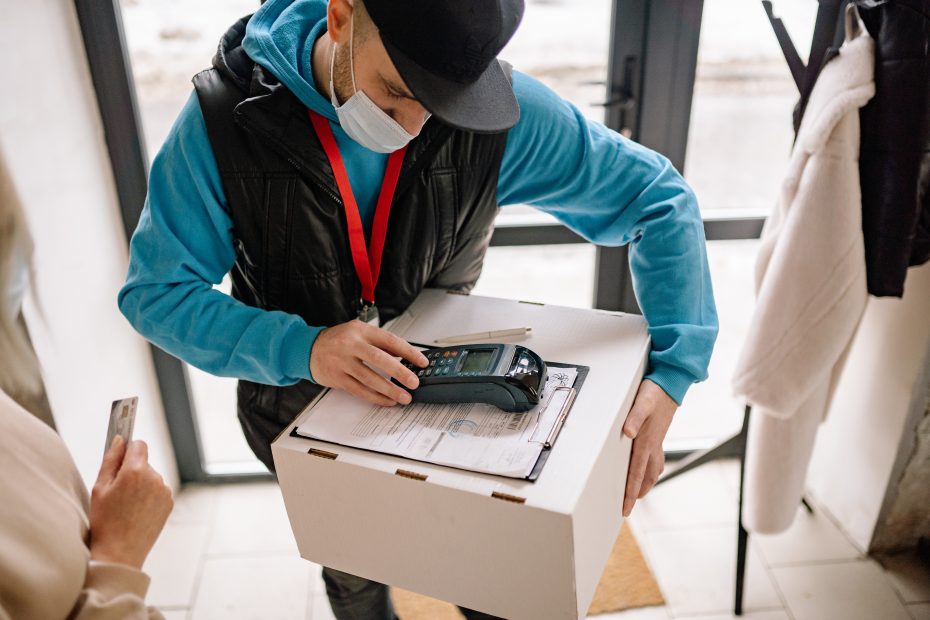To handle payments swiftly and securely, small businesses employ POS (point-of-sale) systems. However, POS systems have numerous advantages. Let’s look at what a POS system is, what it can do for you, and the hardware and software components of a POS system.
What is POS system?
In stores, restaurants, and any other business that conducts in-person sales, owners and staff use point-of-sale (POS) systems to manage the customer checkout process. Although most POS systems are positioned at the checkout counter, an increasing number of small businesses are turning to mobile POS systems to accept payments through tablets or smartphones.
Software, such as the programme or app itself, and hardware, such as a touchscreen computer, barcode scanner, and receipt printer, make up POS systems.
Benefits of POS system
Restaurants, retail stores, hairdressers, and other hospitality businesses benefit from modern POS systems because they provide a secure, simplified checkout experience. However, today’s POS systems are capable of much more than just processing credit cards. They’re also used to maintain inventories, evaluate sales, and build consumer reward programmes, among other things. These capabilities allow small business owners in virtually any industry improved inventory management, forecasting, client relations, and sales control.
Here are just a handful of the numerous advantages POS systems provide to small business owners:
- A simplified checkout process
- Increased productivity
- Inventory management that works
- Customer feedback
- Increased precision (for payment processing, inventory tracking, etc)
- Flexible payment options
Hardware elements of POS system
Credit card machine: This gadget swipes, dips, or scans the credit card and transfers it to the computer system’s credit card processor. EMV chip technology has reduced fraud and increased the security of card transactions. Contactless (NFC) payments are becoming more common on these credit card readers. Price, features, and functionality vary widely.
Receipt printer: Customers can receive a receipt via email or text message using modern POS software. For different reasons, some consumers will prefer a printed version of the receipt. As a result, a receipt printer is required to provide a physical copy.
Barcode scanner: Barcode readers, whether laser or image-capture, may significantly speed up the process of checking out consumers and inventory management. This is especially true if you have a lot of goods and/or have high-volume checkout periods. There are many different types of scanners, ranging from massive in-counter scanners seen at the end of a supermarket conveyor belt to mobile robust scanners found on the sales floor of a Home Depot.
Software elements of POS system
Legacy POS system: All of the data and processing for legacy point-of-sale systems is stored on local servers. They operate on their own hardware and typically require an IT professional to visit on-site to setup and/or update the servers.
Cloud-based POS system: The cloud is the future of POS systems. Modern cloud-based systems work on a software as a service (SaaS) approach, eliminating the need to store cumbersome in-house systems. This alternative is far less expensive, both in terms of startup costs and monthly subscription rates.
Do you want to learn more about point-of-sale systems? Check out online pos system Malaysia.
For more articles like this, click here.

